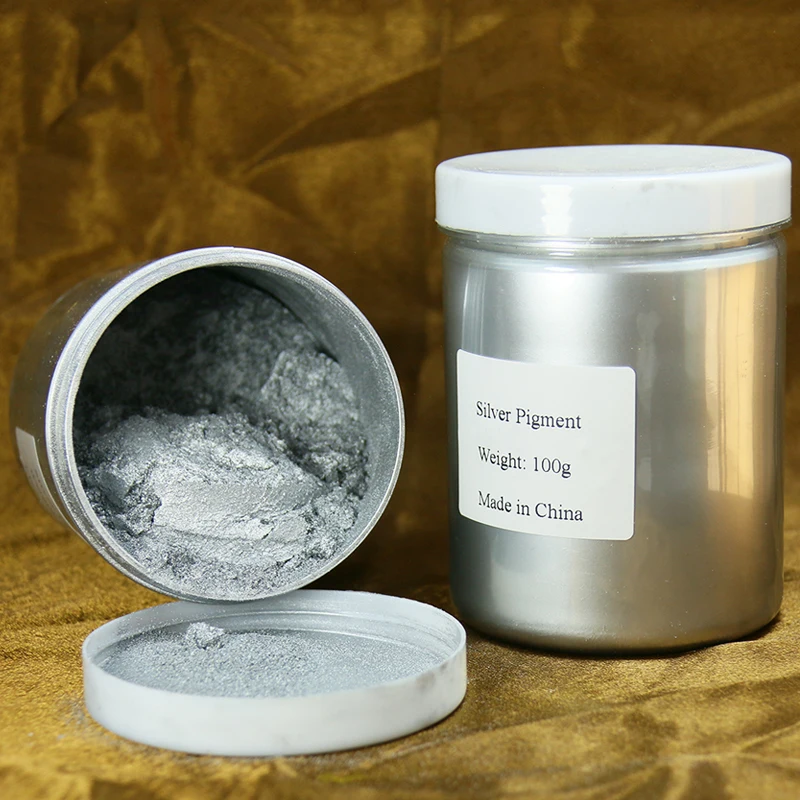The Between Dye in addition to Pigment

A pigment is a stuff which is used to make objects colored. That is usually absurde in water. On the other hand, some dyes will be soluble in water sooner or later in their use. They are manufactured of inorganic or even organic compounds. For example. To understand typically the difference between chemical dyes and pigments, let's take a examine the involving them.
ceramic pigments
Ceramic pigments can be a class of colors which might be manufactured from oxides along with other elements that are calcined to produce numerous ceramic products. These pigments can become used alone or perhaps in combination with other pigments in order to produce the desired effect. It will be important to test out ceramic pigments on a frit, glaze or slip bottom part before with them on a finished product or service. Ceramic pigments will be relatively expensive in comparison to ceramic oxides, and most suppliers sell them in small volumes, often no more than 1 / 4 pound.
Wastes from distinct industries enables you to make ceramic pigments. Some of these waste products are hazardous in addition to therefore should be disposed of responsibly. nude colors of such wastes contain titanium slag, ashes from the anaerobic treatment of municipal sewerage, leather sludge, in addition to rice husk biomass.

A global ceramic pigments companies are segmented in to five main parts: America, Europe, Asia Pacific, Latin America, and Middle East & Africa. The Asia-Pacific region leads the market in phrases of consumption in addition to urbanization, and is definitely likely to be a lucrative place for manufacturers. In To the north America, the market is dominated by the U. S i9000., mainly due to the high standard of living in this region. However, competition from printing ink is expected to hamper the growth involving the ceramic pigments market in this region.
Ceramic pigments are synthetic chemical substances with crystalline set ups and are employed in ceramics to provide color. These pigments are thermally plus chemically stable, plus are immune to oxidizing and reducing real estate agents. In addition, they can be used to guard metals from deterioration, which is a common trouble with ceramics. Making use of these pigments inside a protective layer is advisable in order to increase the life-span of colors.
hard finish
Ceramic covering is really a polymer that will is applied over painted surfaces. The particular ceramic coating types a chemical relationship with the color, preventing it coming from chemical reactions plus abrasion. It is usually usually used to be able to enhance the look regarding a product. This particular type of layer is made by passing ceramic powder by way of a spray process that involves ionized gas. The porcelain particles that will be sprayed onto the substrate form some sort of high-density coating with a high aprobacion.
A variety involving ceramic pigments happen to be available. Many are merged with ceramic powder. The quantity of pigment needed may differ depending on the particular desired color strength. The amount may selection from 1% to be able to 10%. Generally, however, the quantity will not affect the ingredients found in the ceramic. Ceramic glazes and frits are a lot more durable and attractive when coated with pigments.
Ceramic pigments can be put on many different surfaces. People that have a glossy finish will advantage from the glossiness of the pigment. For example , a high-gloss finish will become enhanced by the use of a new pearlescent pigment. Colors formulated with a pearlescent pigment can be used to make the surface of a ceramic surface appear more vibrant in addition to appealing.
Pigments which may have unique properties are useful for coatings and glazes. CICPs, for instance , are made of spinel and rutile uric acid, which have stable molecular structures. They furthermore exhibit enhanced heat and chemical level of resistance. In addition, they improve hiding strength and infrared reflectivity. They can get used in natural powder coatings and usually are compatible with most solvent systems.
ceramic coloring
The production of ceramic coloring pigments is the complex process. Several types are normally occurring, while other folks are synthesized found in an industrial environment. inorganic pigments are typically high in impurities. Synthetic pigments are more expensive and involve multiple production periods. Depending on the colour and its application, a new pigment can be light source or dark. These pigments are produced from oxides plus carbonates. Some are created with different very structures to develop specific shades.
The chromatic intensity involving a pigment is dependent on its particle size, particle supply, and chemical stableness. The proportion involving pigments in a new glaze can variety from 1 . five per cent to 5%, while higher percentages are usually necessary for tougher colors. Particle sized also has an impact on the ultimate product, especially in the situation of ceramics.
Hard pigments are usually employed alone or inside combination with other pigments or oxides. As a way to determine the particular best combination of these kinds of compounds, it's evaluation them in the glaze or slip base. Using frits as a test glaze is an excellent way to find out exactly what pigments will work best with the glaze. Ceramic color pigments can be pricey to buy, therefore most suppliers only sell them inside of small quantities.
Porcelain pigment compositions have several advantages, including high thermal stability and chemical opposition to molten glass. They are generally utilized to color porcelain glazes, enamels, in addition to tiles. They might also be utilized to color a variety of materials, this sort of as glass.
